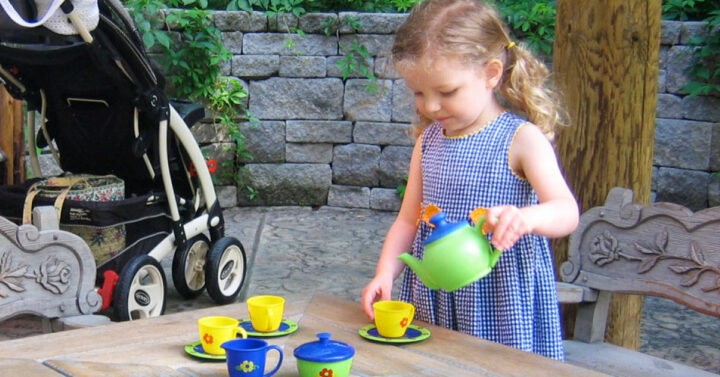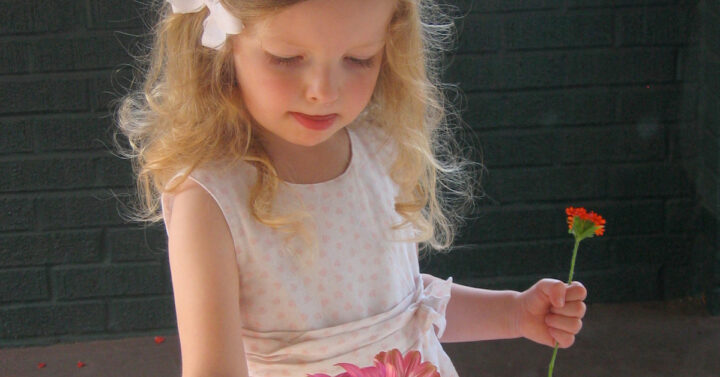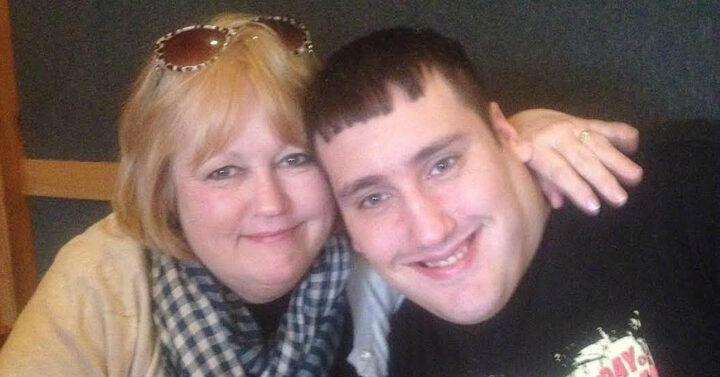We’ve had a couple of significant aha moments that changed our parenting. One I mentioned in a previous post had to do with Identifying and Understanding the Red Zone with Your Spirited Child. The other one we figured out a bit earlier and is probably even more important if you are raising a differently-wired child. This has to do with transitions. Planning for and carefully executing transition periods is so important for differently-wired children.
Transitions Defined
Transitions are when your child goes from one activity to another when she does not have control over the change. For example, if your child is reading and decides she wants to play with her dolls, that is not a transition. Here are examples of transitions:
- When your child is reading and you are leaving for the grocery story in fifteen minutes and she has to go with you
- When your child is deep in an art project and dinner is going to be ready shortly
- When your child is playing outside and has to come in for a bath
- When your child is being pokey over breakfast and you need to leave for church
- When your child is watching a video and you have to leave for a medical appointment
Any time your child is actively and happily engaged in something and you are going to force them to change direction, it is a transition.
Planning Transitions Is Essential
Differently-wired children absolutely need help with transitions. This isn’t optional. You need to work this transition time into your plans whenever you are going to do something else. If you try to rush your child through a transition, you are going to end up with a protracted battle on your hand.
On the other hand, if you help her become familiar with the steps of a transition, 98% of the time it will go smoothly once you have established the expectation of what it means to do this.
Transitions Are Loving
Transitions are a tangible way that we love and respect our child as an individual. No one likes to be interrupted with a demand to immediately change what we are doing when we are engaged in something we enjoy. By helping our child through transitions, we are saying that we know that her interests are important to her and we want to work with her.
Some people promote a view of parenting that demands immediate, first-time obedience. They even go so far to say that you should make unreasonable demands of your child just to prove your authority. No. Just no. That’s not loving or respectful. And it is definitely not a helpful way to parent a differently-wired child.
How To Transition Between Activities With Your Child
The exact details of how to transition will vary by child and takes some trial and error, but here is how we did them when Caroline was younger and we were helping her understand what transitions were in our home. Take what I offer here as a starting point and then adapt it to your particular needs.
Our transitions start in the morning or even the day before. If we have appointments, we tell Caroline ahead of time so nothing is a surprise. If we have to go away in the morning, we talk about it at supper the night before and again at bedtime. If we have an afternoon appointment, we discuss it at breakfast (or even the night before).

Official transitions start anywhere from five to fifteen minutes before we need to change activities. This is dependent on her age. When she was younger, we gave her less time. Now that she’s older and often involved in elaborate activities, we’ll give her more advanced notifications.
We start by telling her face to face that in fifteen minutes we’ll be getting ready to leave for the doctor (for example). We tell her she needs to finish up what she is doing and pick up in a few minutes. Here is the big thing:
You can’t just walk through the room and say it in passing. Stop in front of the child, make sure the child looks directly at you while you speak, and have her repeat back what you said.
Getting an uh-huh isn’t enough. Hollering it from the bathroom when she is in the kitchen isn’t enough. You need to be face-to-face, especially in the beginning.
Once we absolutely know that we’ve communicated the information, we let her continue doing what she is doing. Five minutes later, we go back and tell her she has five more minutes and then she will have to stop. We remind her to start finishing up. Get the verbal confirmation. Five minutes later we go back and help her finish up, pick up and move on.
So we’ve given her five minutes to continue doing what she is doing with the knowledge she has to stop soon. We’ve given her five more minutes to start thinking about wrapping it up. And we ensure five minutes to help her stop, clean up, and move on.
Transitions Greatly Reduce Conflict And Stress
I can honestly say that handling transitions in this way dramatically dropped the drama, stress, and conflict in our home. It’s a lot of work in the beginning, but like most ways we train our children to understand procedures, it makes a huge difference for everyone.
Now that Caroline is older (eight years old), our transitions have simplified a great deal. Each notification takes a few seconds and we generally transition very quickly at the end. This was not the case in the beginning so it is nice to see the fruits of our labors.
Begin Understanding Your Child With My Short Ebook – Available Right Here in My Shop










 Adjusting Expectations As the Parent of a Gifted Child
Adjusting Expectations As the Parent of a Gifted Child
Leave a Reply